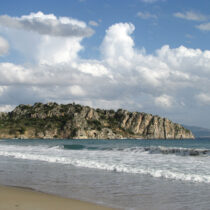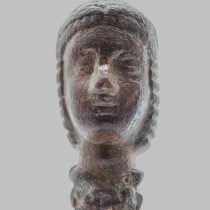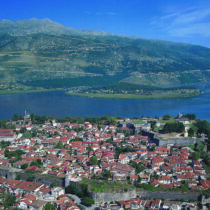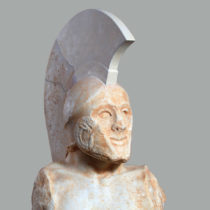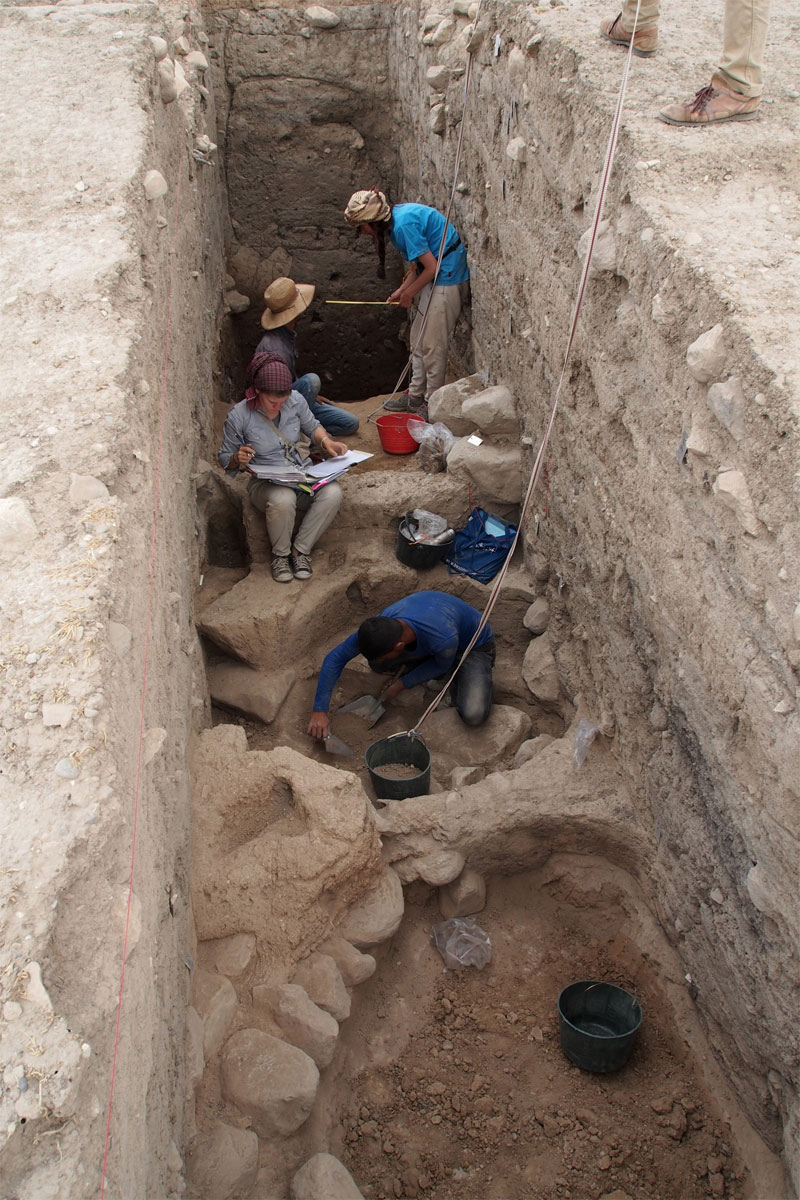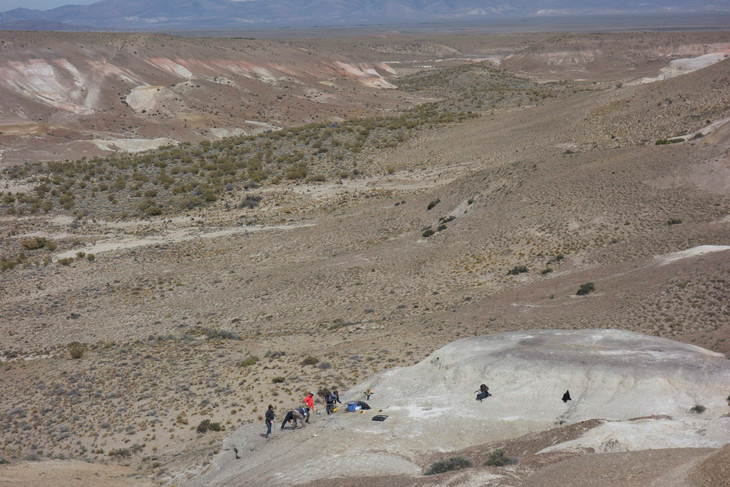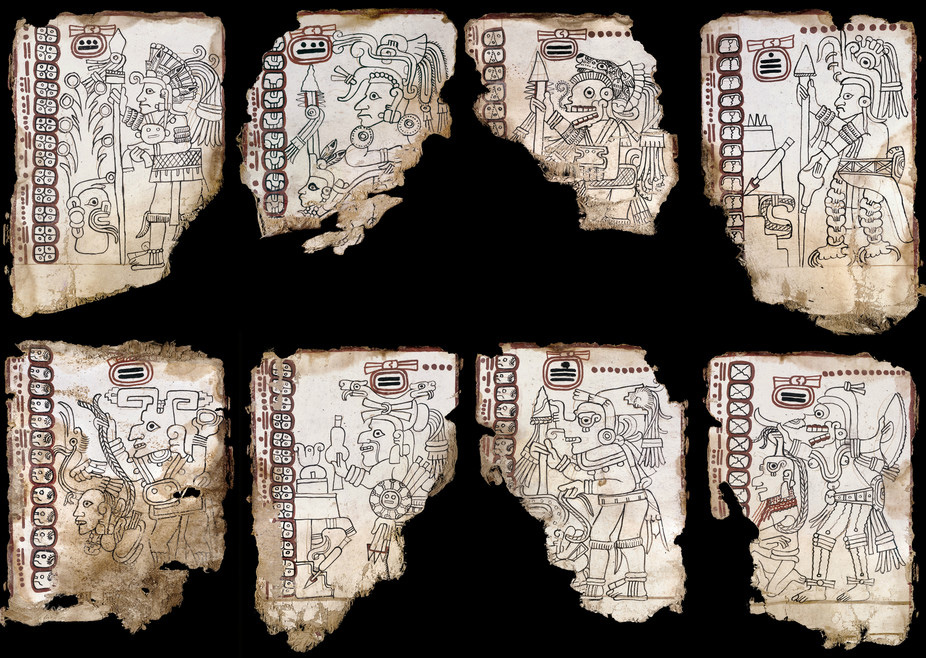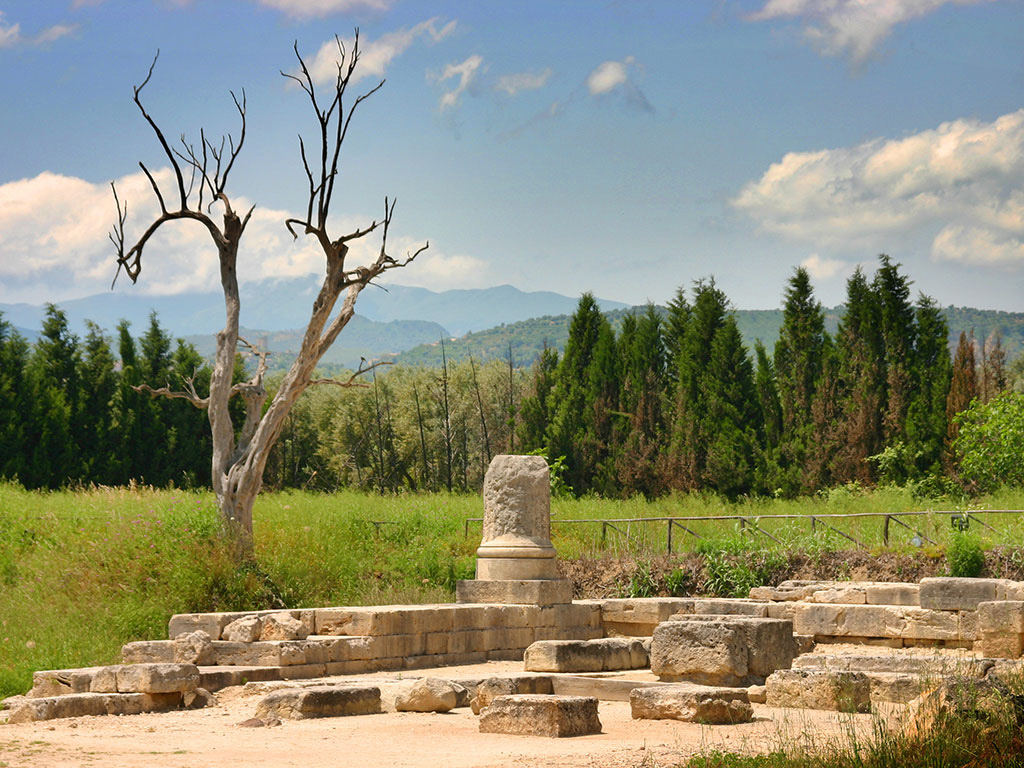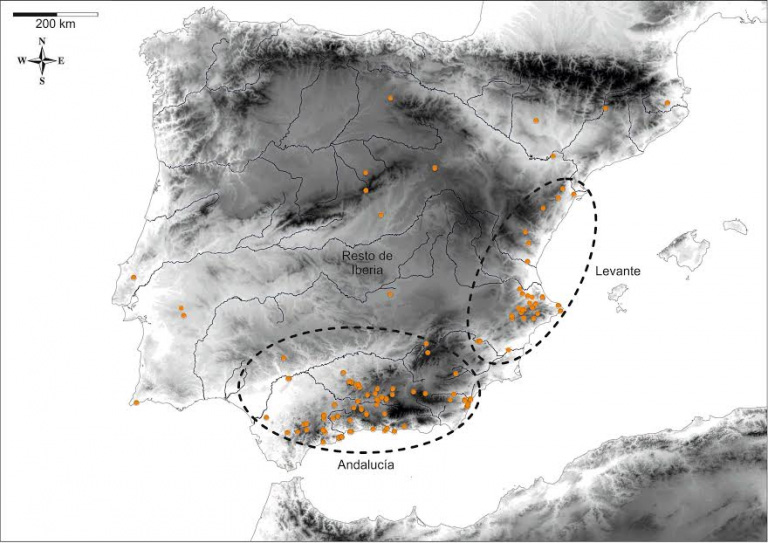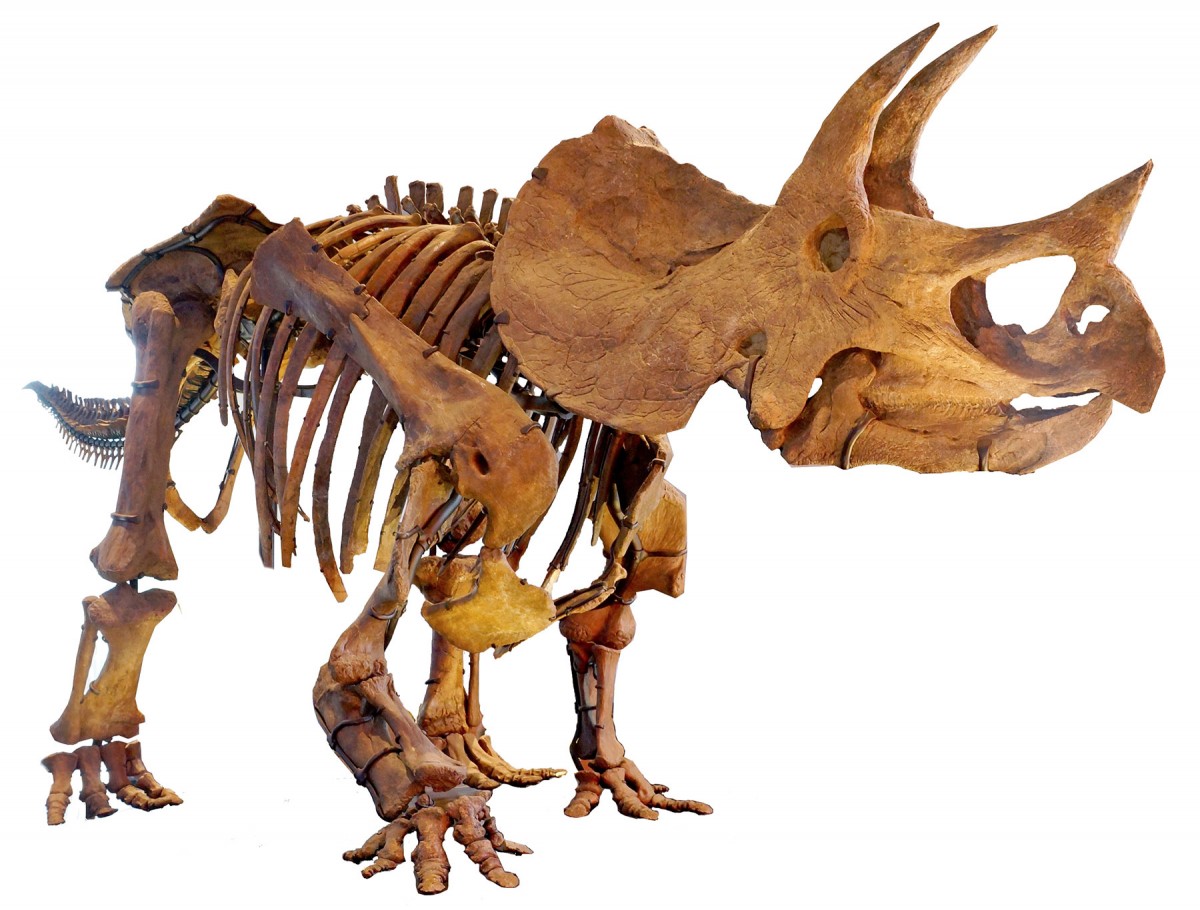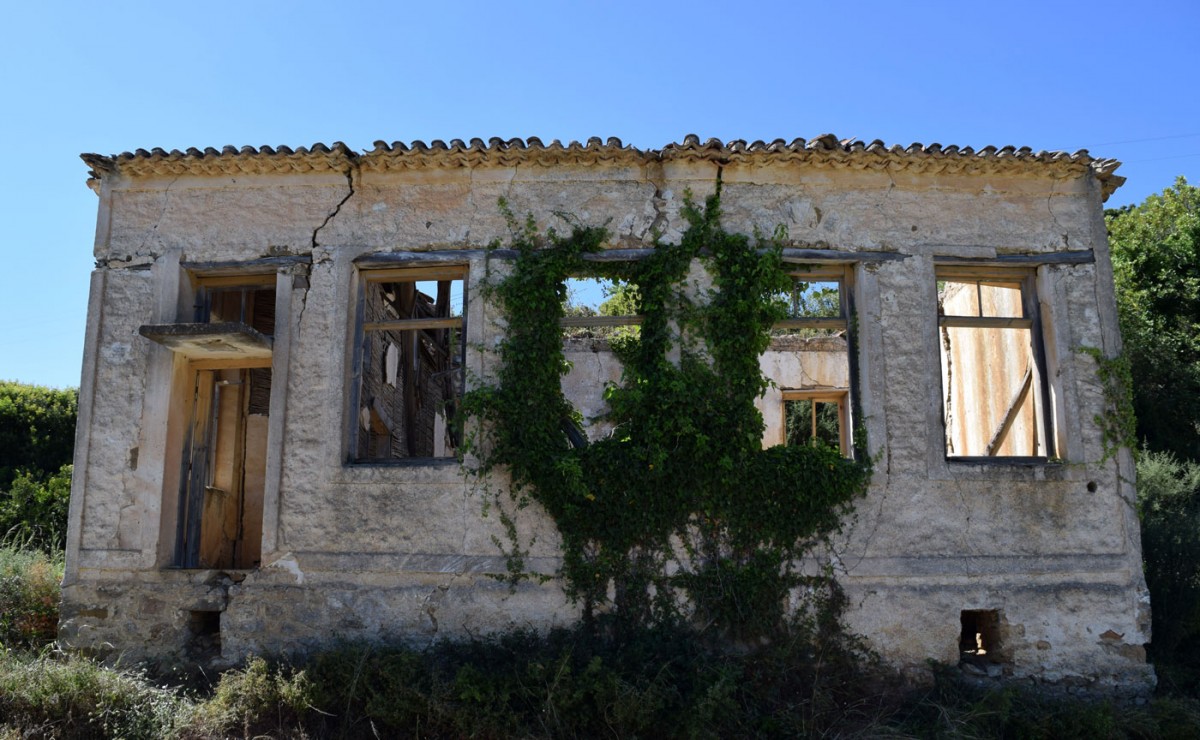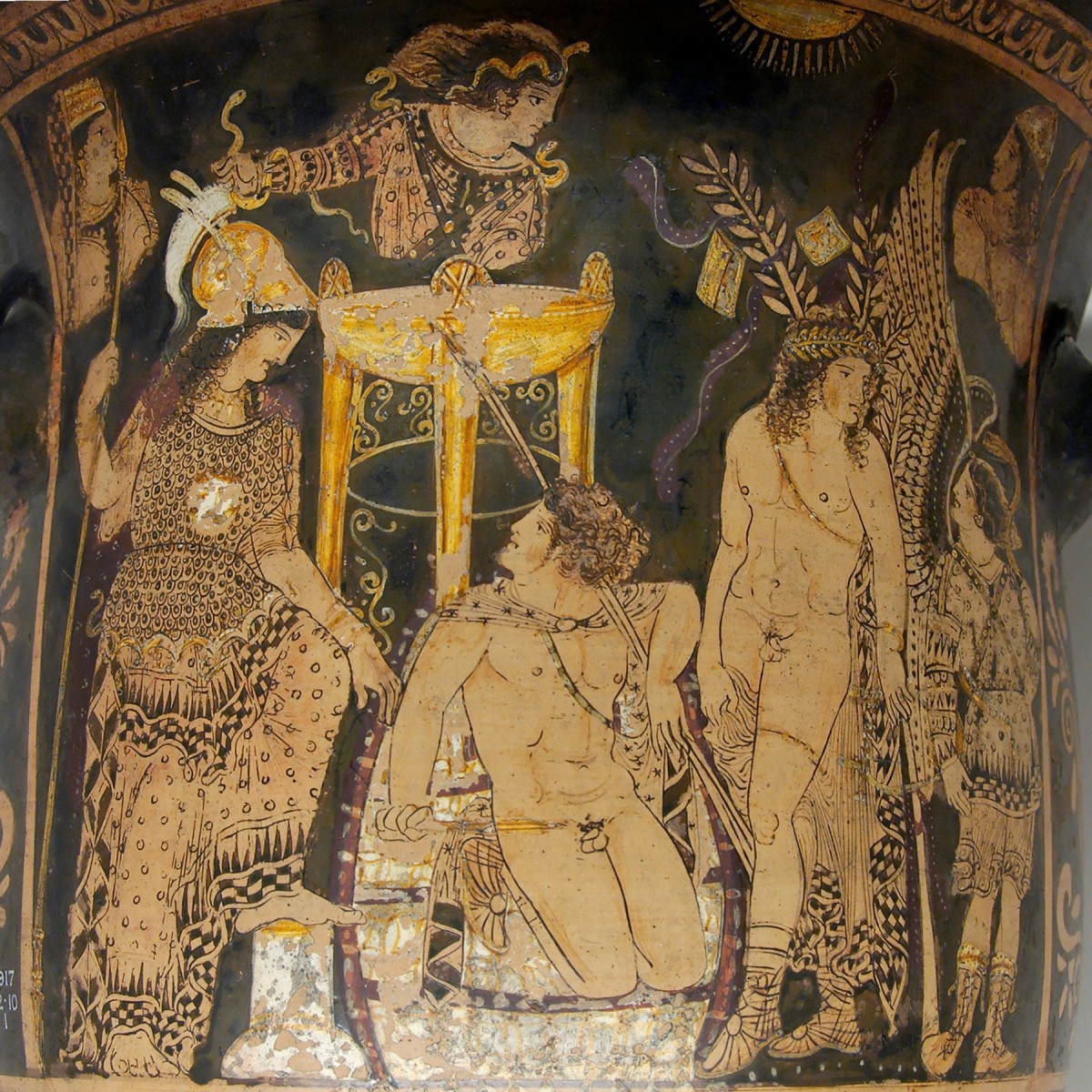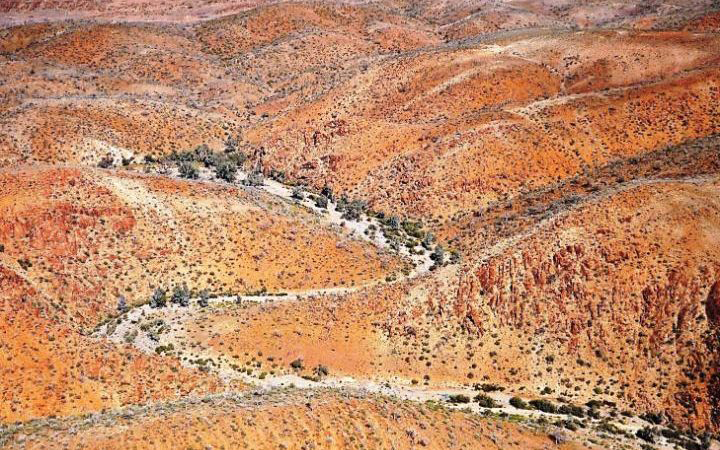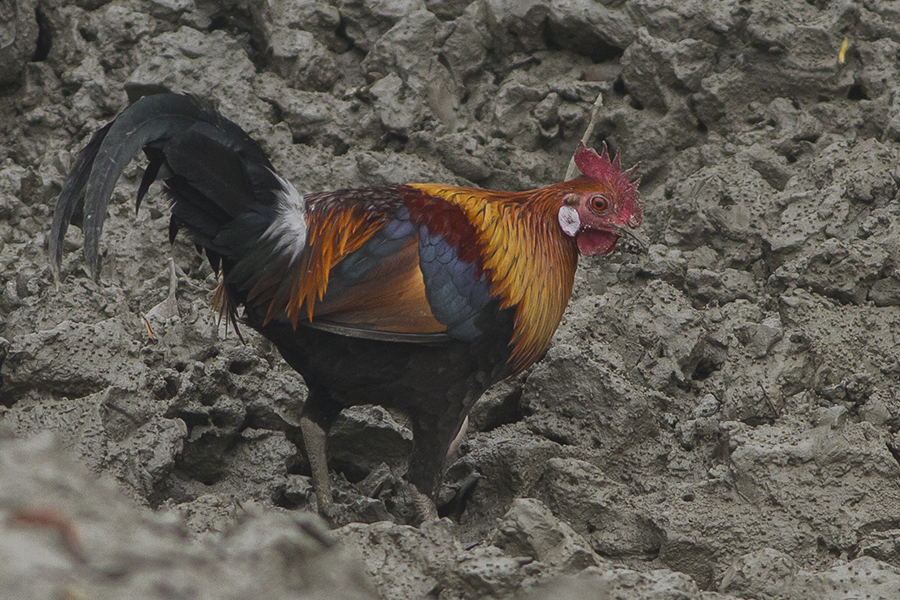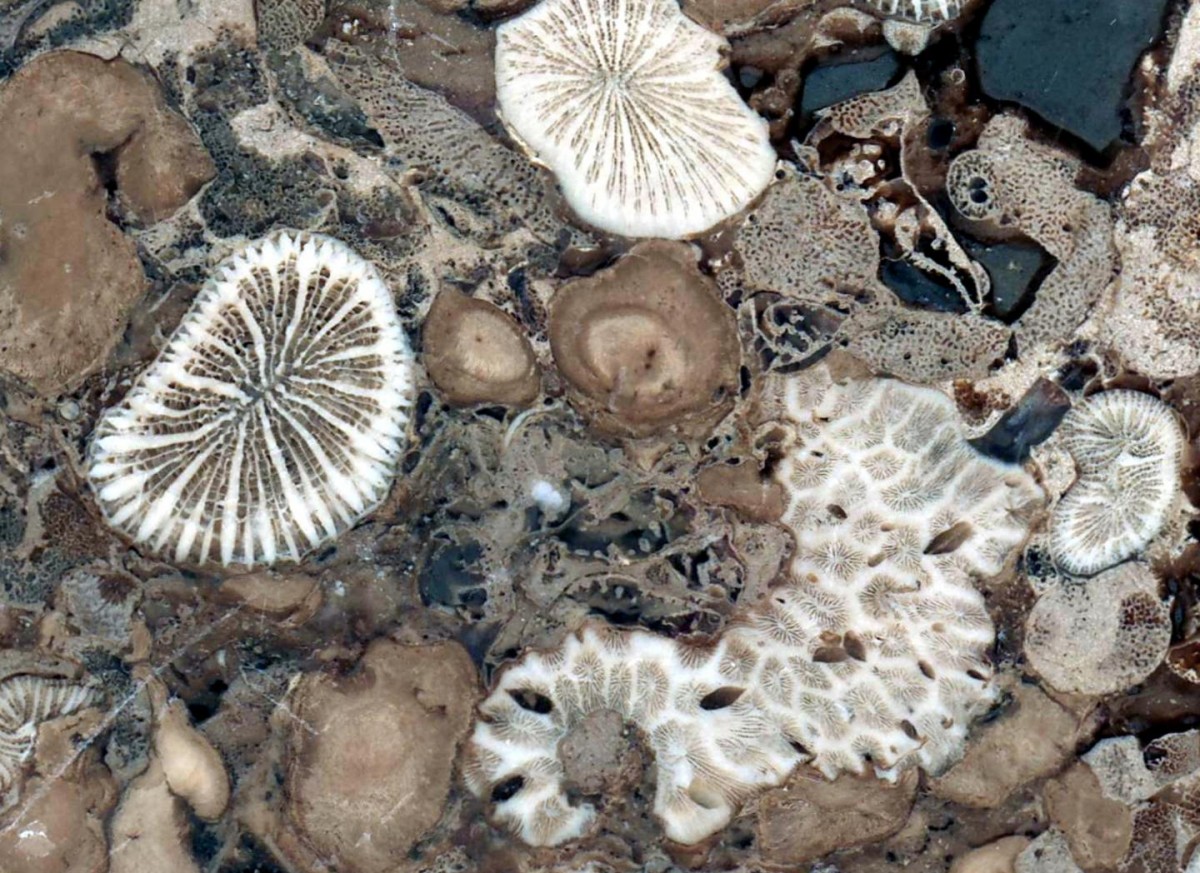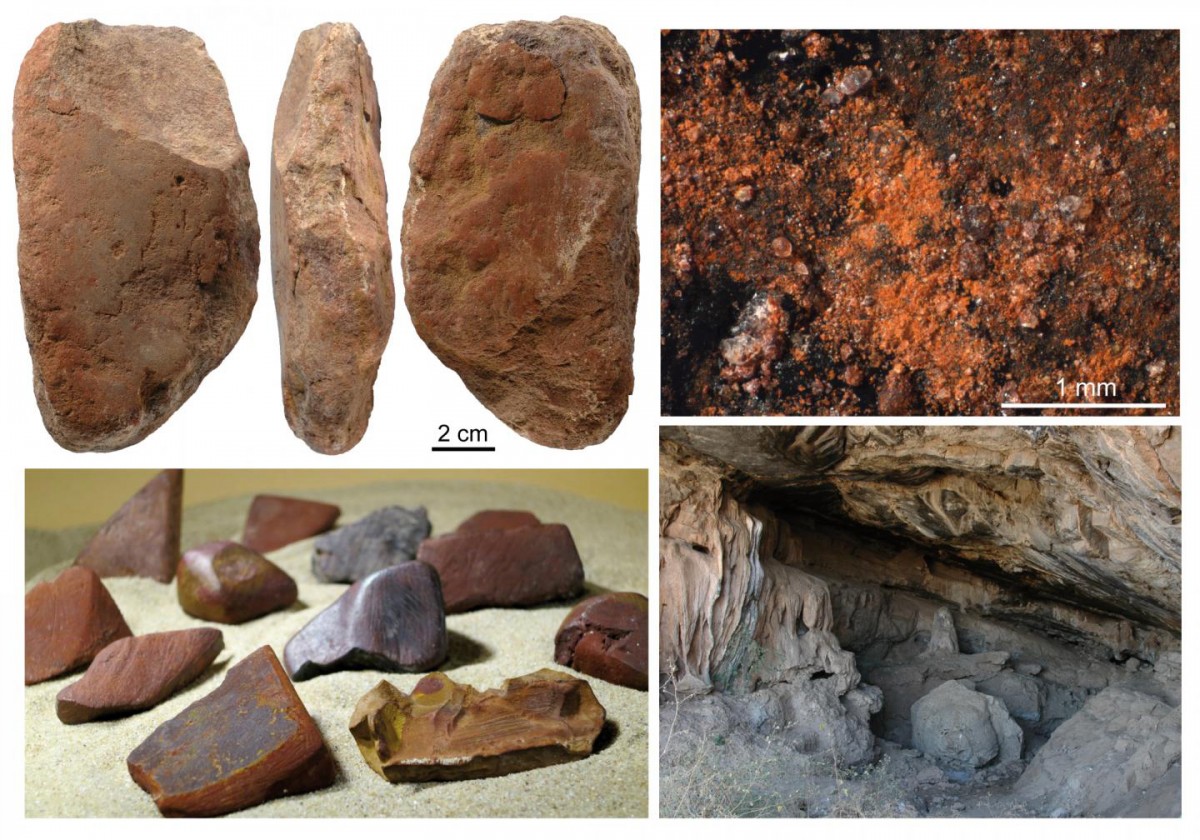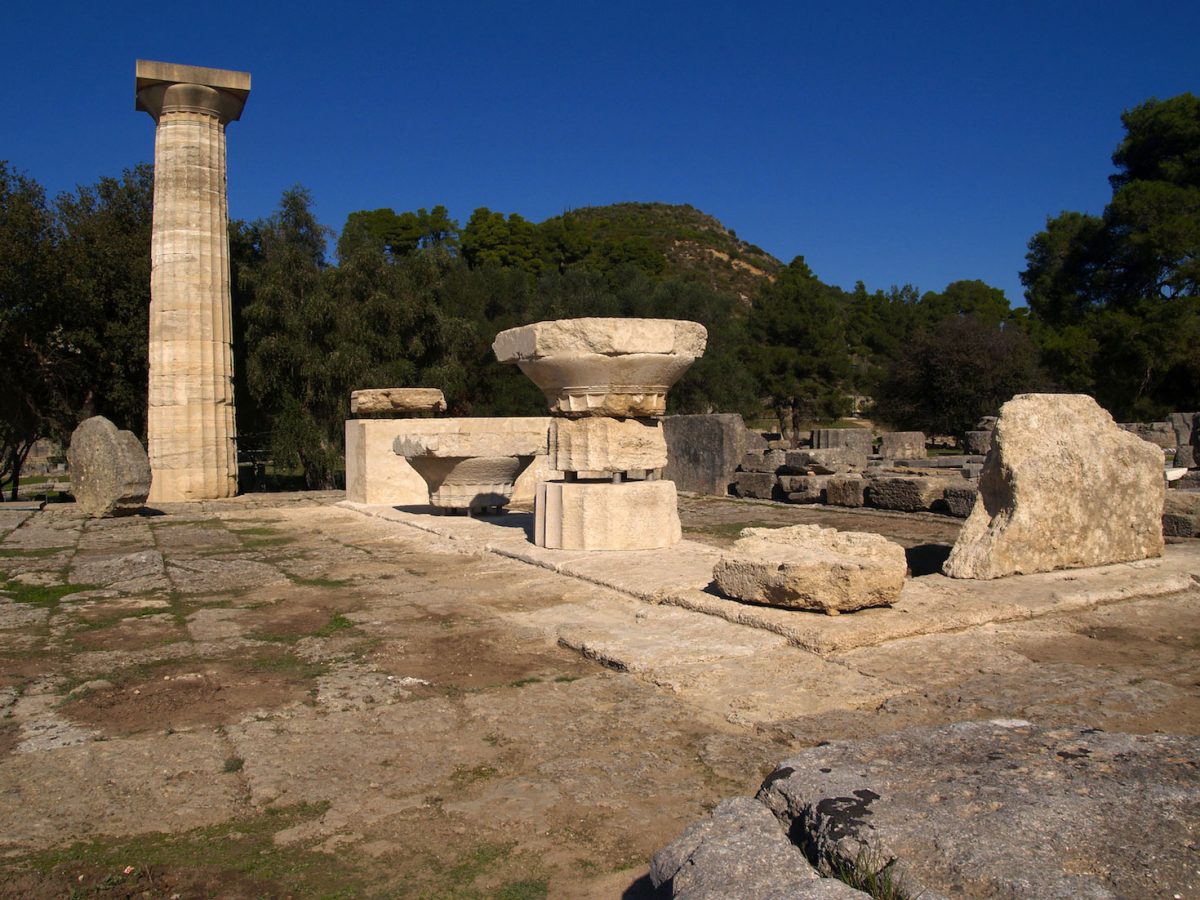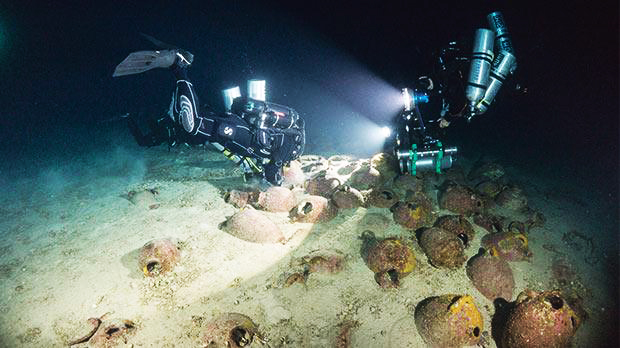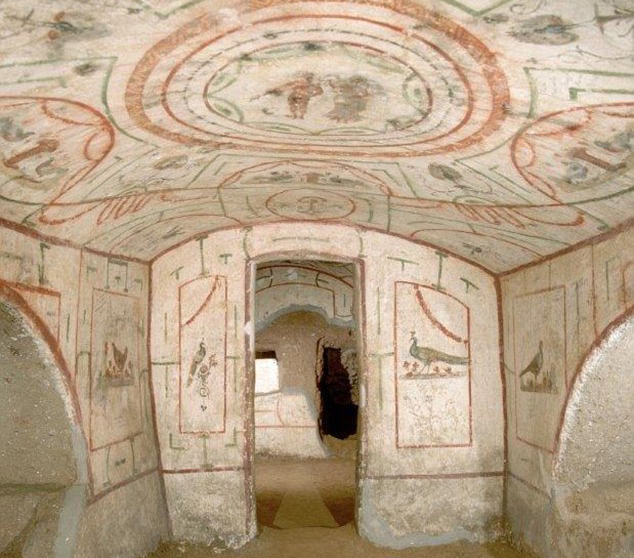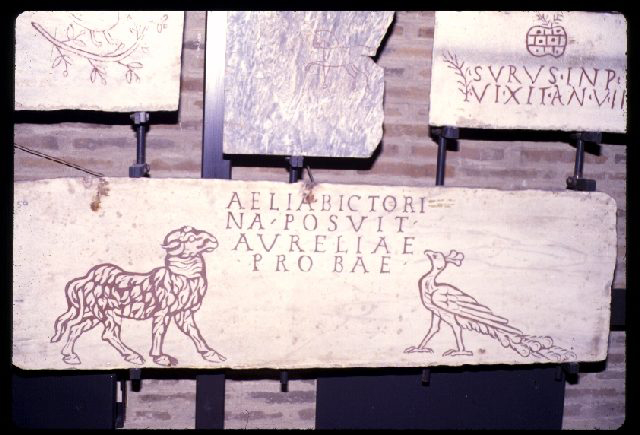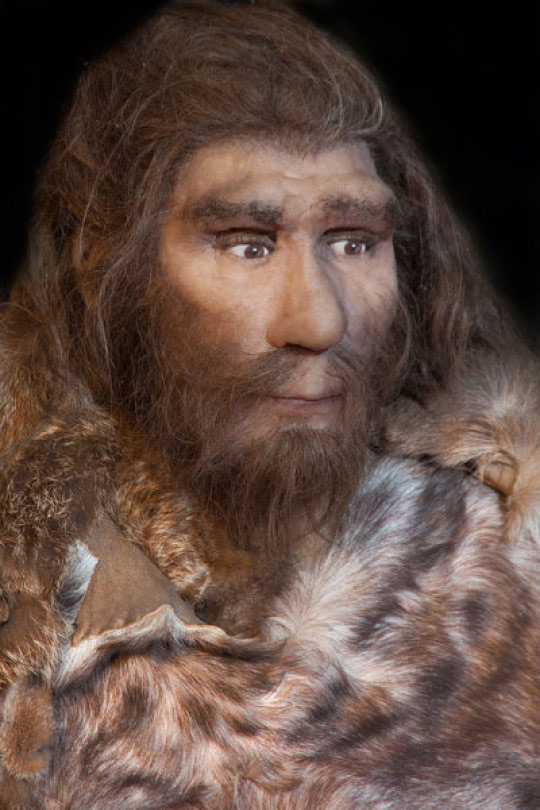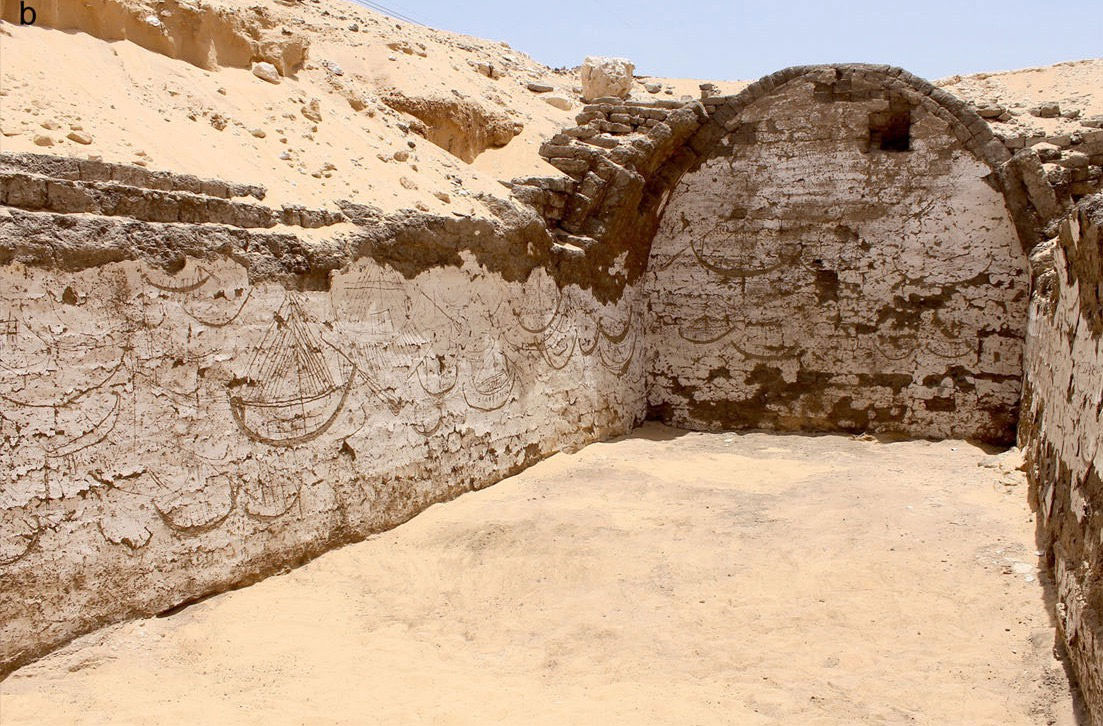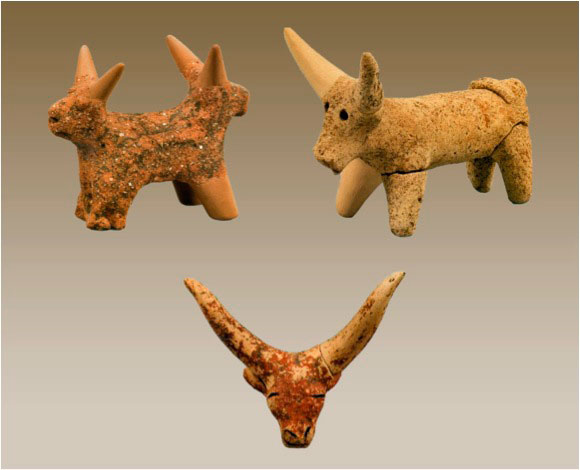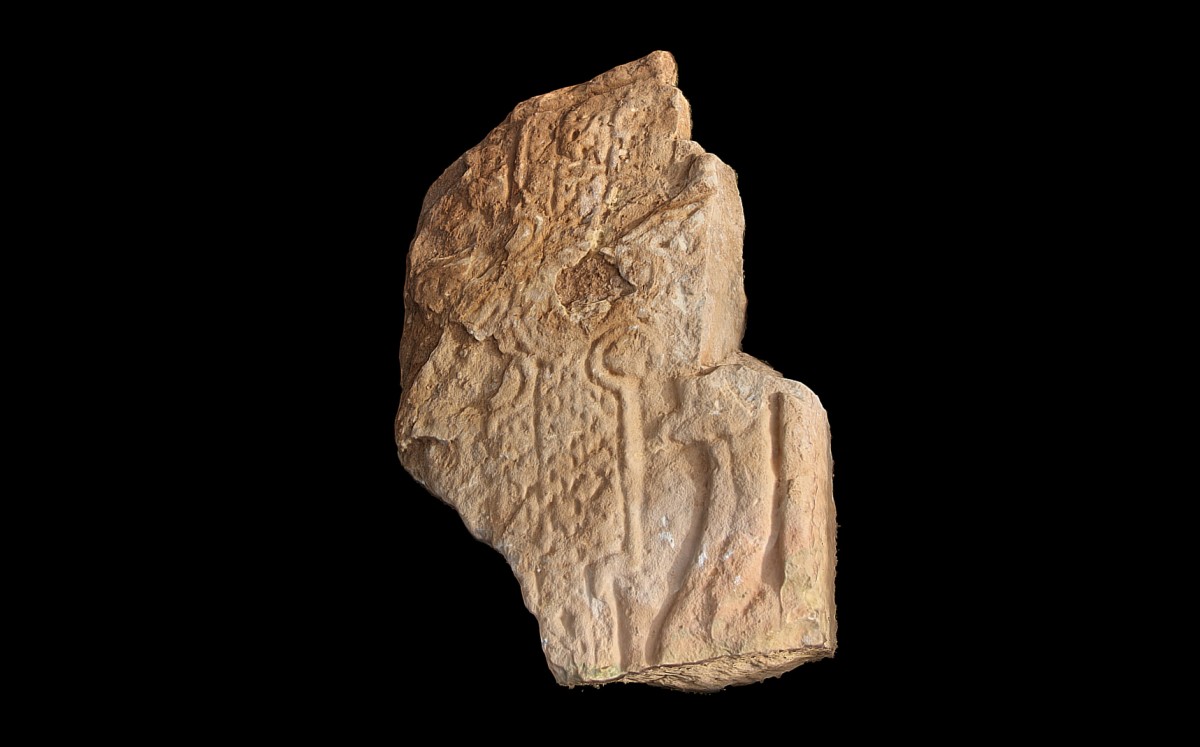Significant Bronze Age city discovered in Northern Iraq
Bassetki was only known to the general public in the past because of the “Bassetki statue,” which was discovered there by chance in 1975.
Patagonian fossil leaves reveal rapid recovery from dinosaur extinction event
Ancient feeding marks from hungry insects in South American leaf fossils are shedding new light on the mass extinction that wiped out the dinosaurs.
Grolier Codex ruled genuine
The Grolier contains astronomical Venus tables and day signs, but the later Dresden, Madrid and Paris codices are marked by more complex grammar, explanatory texts and denser imagery.
The rediscovery of Locri
The Scuola Normale Superiore of Pisa and the CNR-IBAM are conducting a joint multidisciplinary research project for the study of the ancient Greek and Roman city of Locri.
Νew data about the first communities of the Old Neolithic in the Iberian Peninsula
A researcher from the University of Granada (UGR) has shed new light on the lifestyle of the first communities in the Early Neolithic (7500-6800 years ago) in the Iberian Peninsula, from the study of stone bracelets.
Herbivorous mammals have bigger bellies
On average, herbivorous mammals have a body cavity that is twice as big as carnivores of a similar body size.
A historic monument waits to be rescued and restored
The ruined historic building of the Primary School of the Kato Ambelokipi settlement, in the Municipality of Pylos-Nestoras, which was the headquarters of the Greek resistance in Southern Messenia, between 1941 and 1944.
Between Heaven and Earth: Divination, Prophecy and Oracles in the Ancient World
This conference invites graduate students, postdoctoral fellows, and faculty to an interdisciplinary exploration of prophecy, magic, and oracular and divinatory practices in the ancient Mediterranean and Near East.
Warratyi Rock Shelter is the oldest evidence of Aboriginal occupation in Australia
La Trobe University led research has uncovered extraordinary evidence of the earliest human habitation of inland arid Australia.
How the chicken crossed the Red Sea
The discarded bone of a chicken leg provides some of the oldest known physical evidence for the introduction of domesticated chickens to the continent of Africa.
When corals met algae
The mutually beneficial relationship between algae and modern corals began more than 210 million years ago, according to a new study by an international team of scientists including researchers from Princeton University.
Today Cambridge Library opens its “ultimate cabinet of curiosities”
The Library celebrates its 600th anniversary year with an exhibition of curious items.
Middle Stone Age ochre processing tools reveal cultural and behavioural complexity
Range of ochre processing techniques produced powder of varying color and coarseness.
Arnd Hennemeyer: The Temple of Zeus at Olympia
Lecture of the "THE CIRCLE, Dialogues for Greek and Roman Architecture” by Dr.-Ing. Arnd Hennemeyer.
3D Virtual Reconstruction and Visualization of Complex Architectures
International workshop to be held in Nafplio (Greece) on 1-3 March 2017.
The Michael Ventris Award for Mycenaean Studies
The Trustees of the Michael Ventris Memorial Fund offer an annual award of up to £2,500 to a junior scholar for research into Mycenaean studies or kindred subjects.
New underwater finds show Malta was part of the Phoenician trade
The Maltese islands were possibly part of the Phoenician trade, show new findings of maritime archaeologists at the shipwreck off the coast of Gozo.
Rome’s Jewish catacombs receive Italian government funding
The Italian government's Consiglio Nazionale dei Beni Culturali has assigned nearly 1.5 million euro to finance work in the Jewish catacombs of Rome.
Towards a Geography of Late Antique Art (TRAC 2017)
This panel wishes to investigate the reasons behind this appropriation of images in different cultural contexts across the Late Antique world.
Norcia’s basilica destroyed by earthquake
The 6.6 earthquake that struck central Italy on October 30, destroyed a number of churches and historic buildings. Among them was Norcia’s Basilica of San Benedetto.
Neanderthals on cold steppes also ate plants
Neanderthals in cold regions probably ate a lot more vegetable food than was previously thought.
Boat burial was found within richly decorated chamber
Mudbrick construction housing a boat is associated with Senwosret III's symbolic mortuary complex and is probably one of the latest examples of a custom dating back to the early Pharaohs.
ZOOGRAPHEIN – Depicting and describing animals in ancient Greece, Rome and beyond
Conference organized by the Cornell University in collaboration of the research network ZOOMATHIA.
Pictish carved stone with dragon motif discovered in Orkney Cliff
Archaeologists from the Orkney Research Centre for Archaeology (ORCA) have uncovered a rare pictish carved stone from an eroding cliff face on the Orkney Islands.
